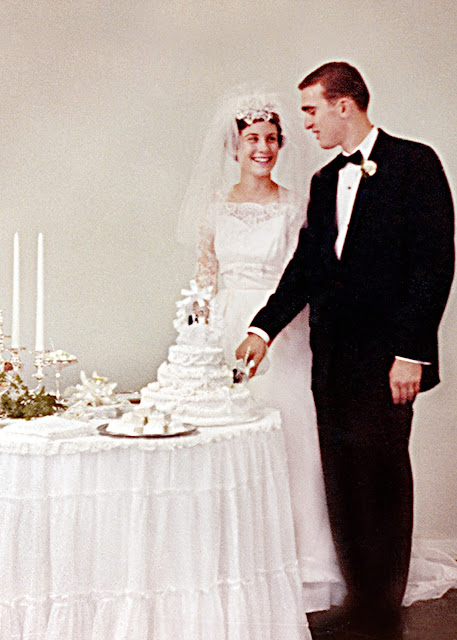 |
| Badlands National Park |
From Home to the Badlands
On September 4th, 2018 we hitched the valiant Chevy pickup to our Starcraft travel trailer (all the necessary amenities and big enough for two if they like each other) and headed west. Driving more than 7,000 miles in 30 days, we indeed saw many sights: the Badlands, Yellowstone, the Grand Tetons, Arches National Park, the Grand Canyon and much, much more. And of course, took many pictures.
Driving hard, we covered 512 miles the first day and 506 the second, dry-camping each night in Wal-Mart parking lots, a practice RVers call "boondocking," although I'm not sure why. A Wall-Mart or Cracker Barrel parking lot is hardly the boondocks.
The third day was easier -- we drove 398 miles and arrived at Badlands National Park in late afternoon. Five hundred miles a day may not seem all that much for car travel, but pulling a trailer is a different story. I tried to keep our speed just under 65 miles per hour.
 |
| The valiant Chevy and our Starcraft travel trailer at Badlands National Park. |
Located in southwestern South Dakota, the 244,000-acre Badlands were first established as a National Monument in 1939 and then as a National Park in 1978. Geologists say the distinctive rock formations are the product of many centuries of deposition and erosion. The park is also rich in fossils of many prehistoric species.
After cruising around the park for a while, we went down to the town of Interior (no kidding!), population 94, and checked in at the Badlands Campground for the night.
 |
| Viewing the Badlands from the Badlands Campground in the town of Interior. |
The next morning we drove through the park some more. The Badlands are home to many species of wildlife, however all we saw were prairie dogs, which we had fun photographing from our truck before headng west to Custer, South Dakota, Custer State Park, and Mt. Rushmore.
 |
| A curious prairie dog. |
About the pictures: The photographs I made on this trip are mostly of scenes that have been photographed by countless other people, so don't expect anything new and earthshaking. I present them simply for my own enjoyment, and, I hope, for yours as well.
Blog Note: I post Monday, Wednesday, and Friday mornings at alifeinphotography.blogspot.com. I'm trying to build up my readership, so if you're reading this on Facebook and like what I write, would you please consider sharing my posts?
(Photographs copyright David B. Jenkins 2020)
Soli Gloria Deo
To the glory of God alone






















